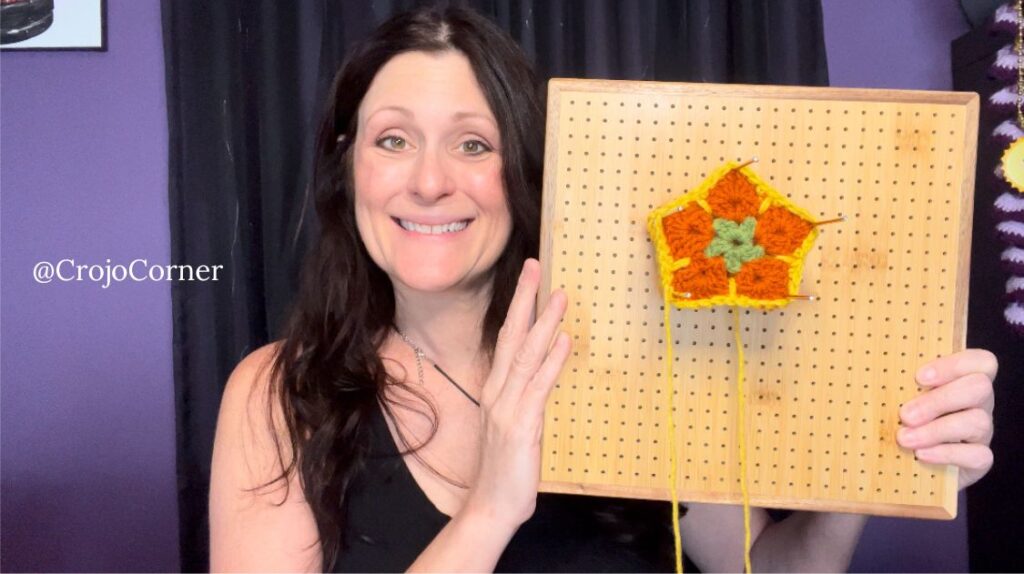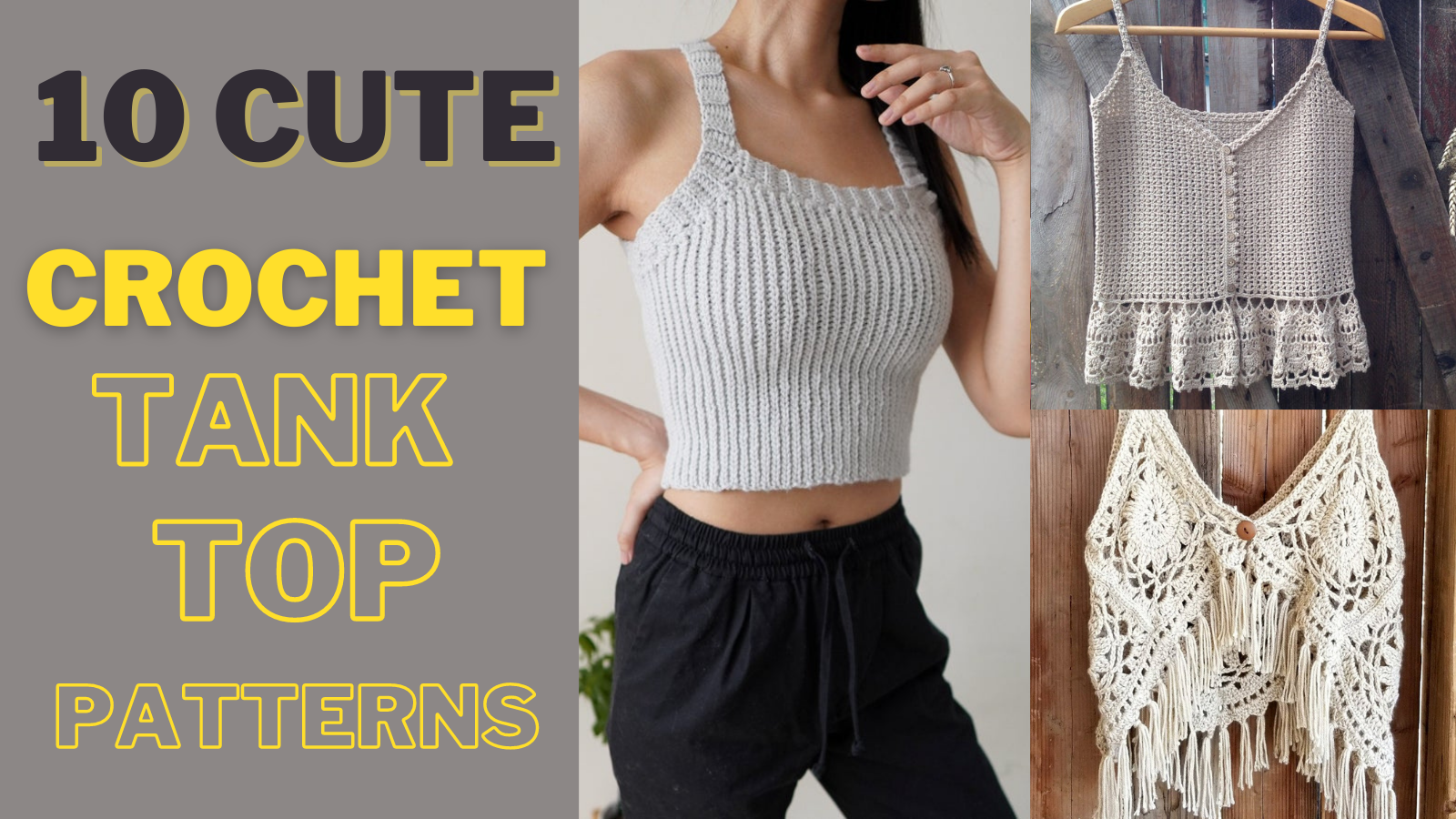The Benefits of Using Wooden Blocking Boards for Crochet Projects
Disclaimer: This page contains affiliate links. If you choose to make a purchase after clicking a link, I may receive a commission at no additional cost to you. Thank you for your support!

Blocking is an essential step in crochet, especially when it comes to creating professional-looking finished pieces. It helps to shape and smooth out the stitches, making the project look neater and ensuring it holds its intended form. While foam blocking boards have been the go-to choice for many, wooden blocking boards have gained popularity for their durability and practical benefits.
Why Use a Wooden Blocking Board for Crochet?
- Durability: Wooden blocking boards are built to last. They are sturdier than foam boards, which can become dented or damaged over time, especially with frequent use. The solid wood construction ensures that the board will not warp or lose its shape, even after multiple uses. This makes wooden boards a worthwhile long-term investment for avid crocheters.
- Sustainability: Many crocheters are moving toward more eco-friendly crafting options. Wood is a sustainable, natural material, and wooden blocking boards can often be sourced from responsibly managed forests. In contrast, foam boards are typically made from synthetic materials that contribute to plastic waste.
- Stable Pinning Surface: Wooden blocking boards often come with pre-drilled holes that allow for precise pin placement. This eliminates the frustration of uneven pin spacing, a common issue with foam boards, and allows you to achieve consistent results. Plus, the sturdy surface holds pins securely, so they won’t move or tilt during blocking.
- Aesthetic Appeal: Wooden boards add a natural, beautiful aesthetic to your workspace. They often feature a smooth, polished surface, which not only looks good but is also easy to clean and maintain.
- Multi-functionality: Many wooden blocking boards are designed to be multi-functional, doubling as a decorative piece or even a storage solution for crochet pins. Foam boards tend to be more utilitarian and are often less versatile in this regard.
In summary, wooden blocking boards provide a more durable, sustainable, and stable option for blocking crochet projects. While foam boards may be cheaper initially, wooden boards offer longevity and consistent results, making them a great investment for serious crocheters.
Click HERE to check out my favorite Blocking Board for Crochet.

